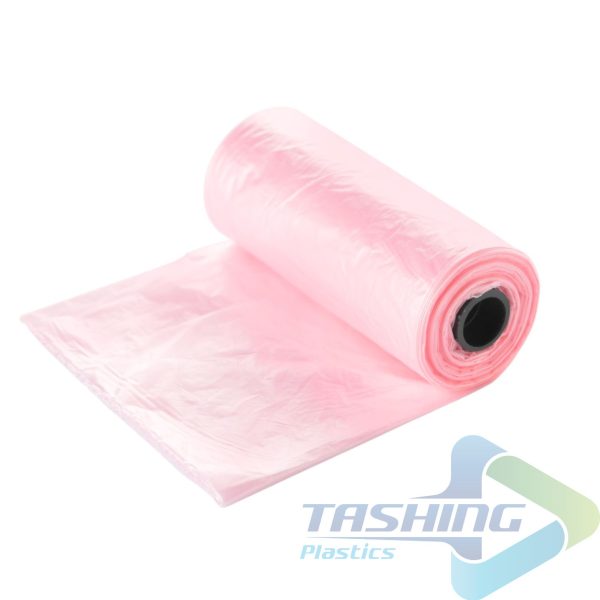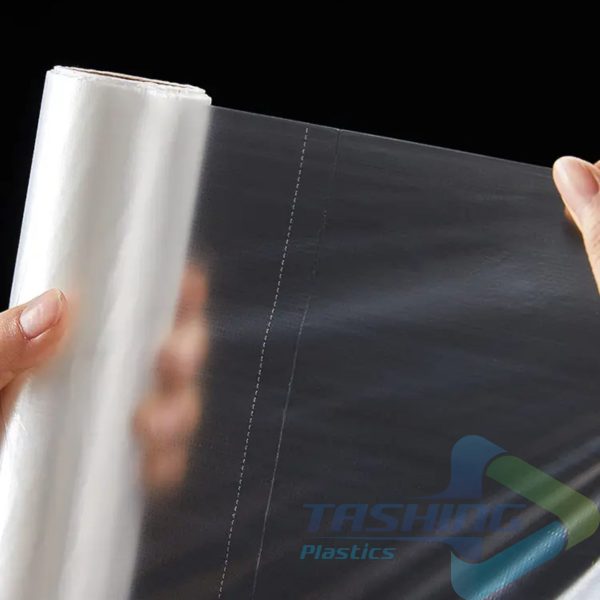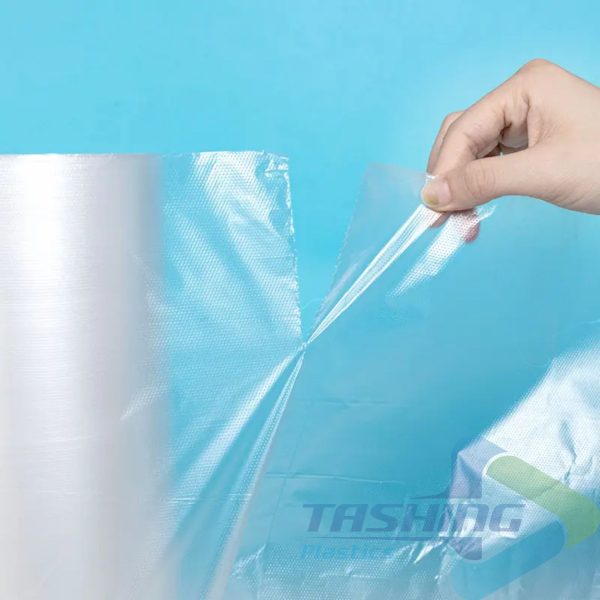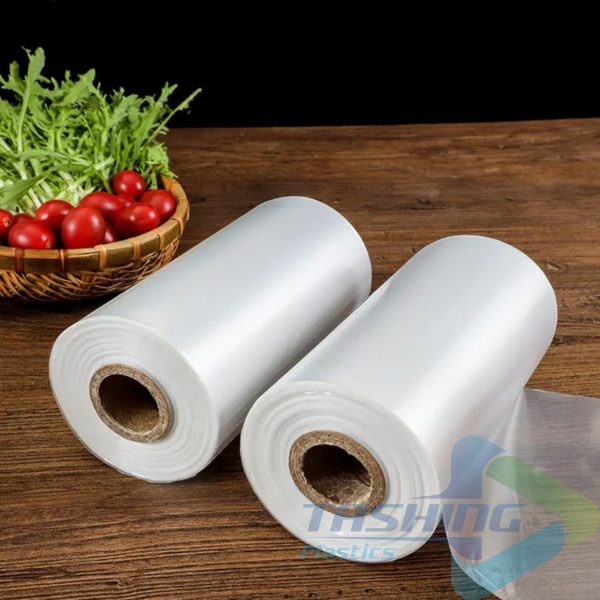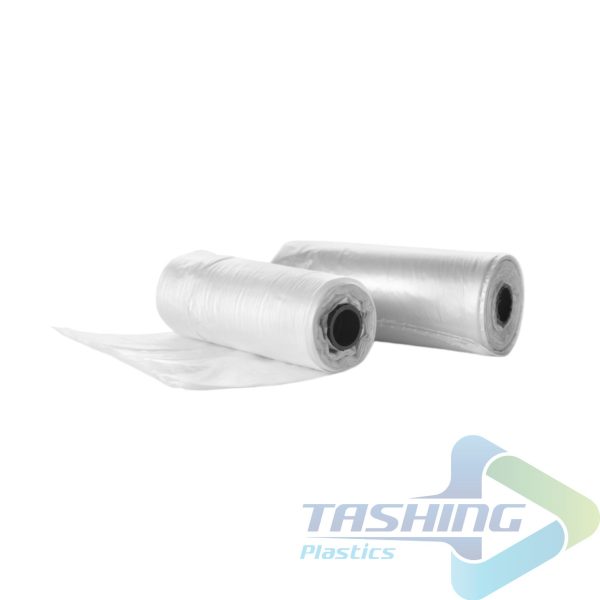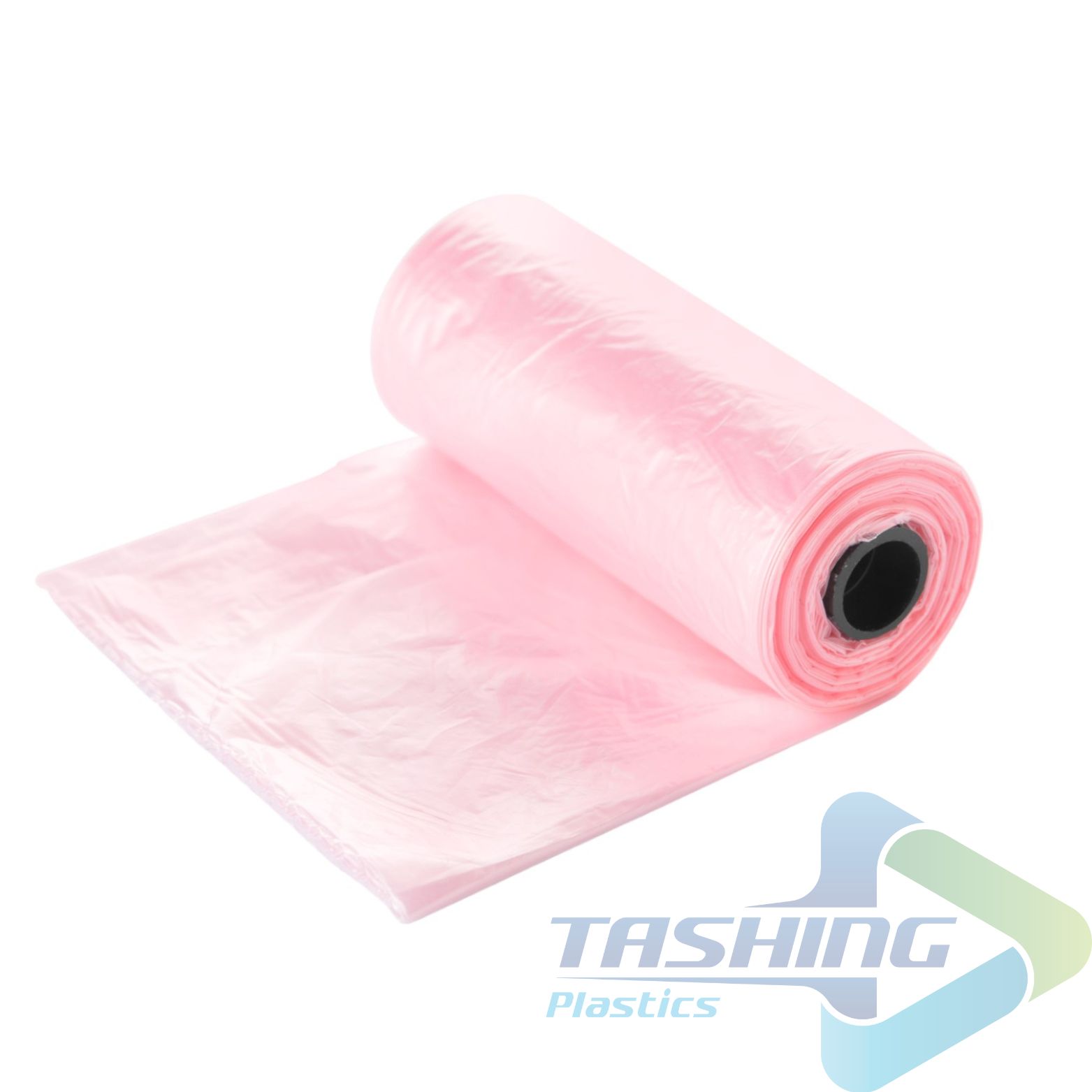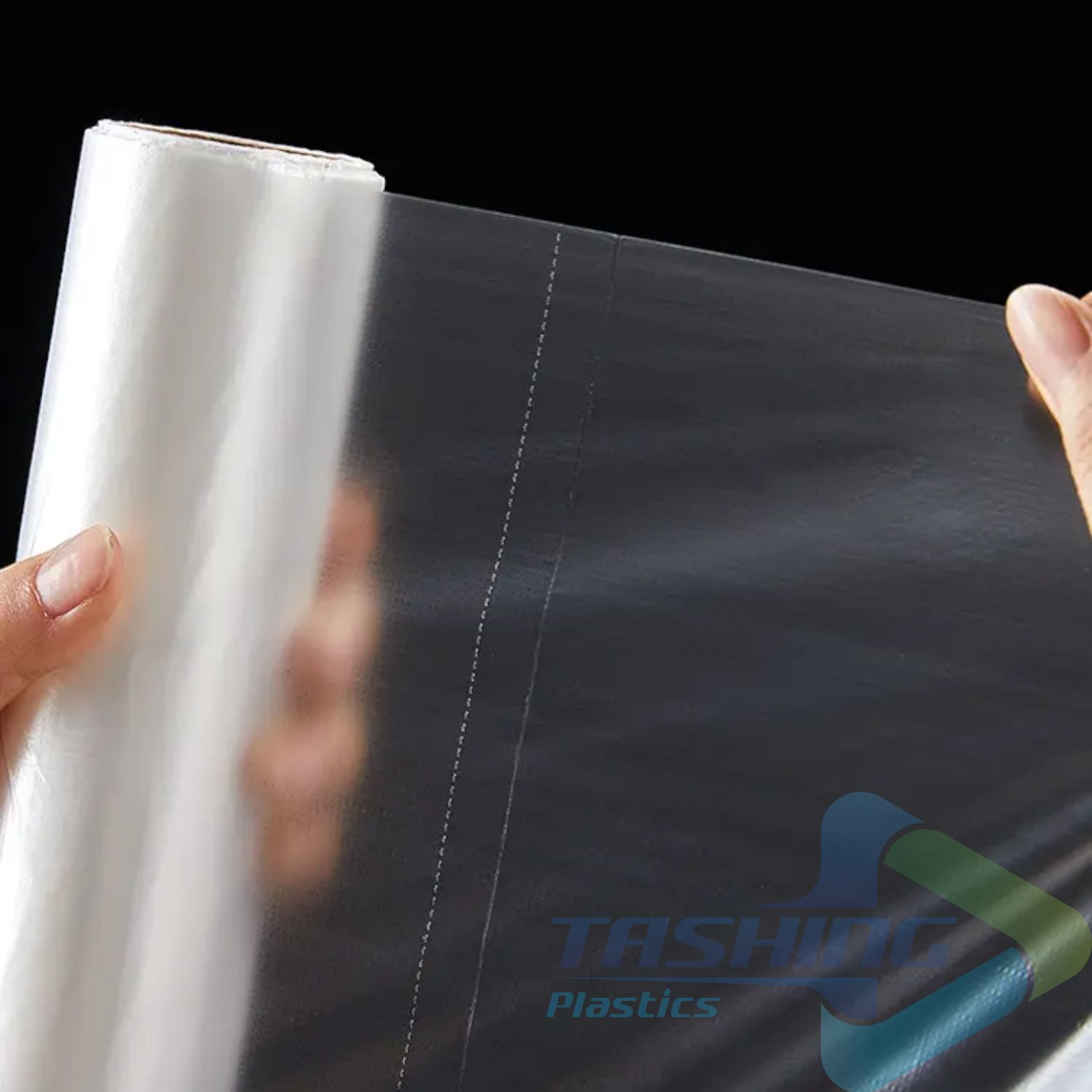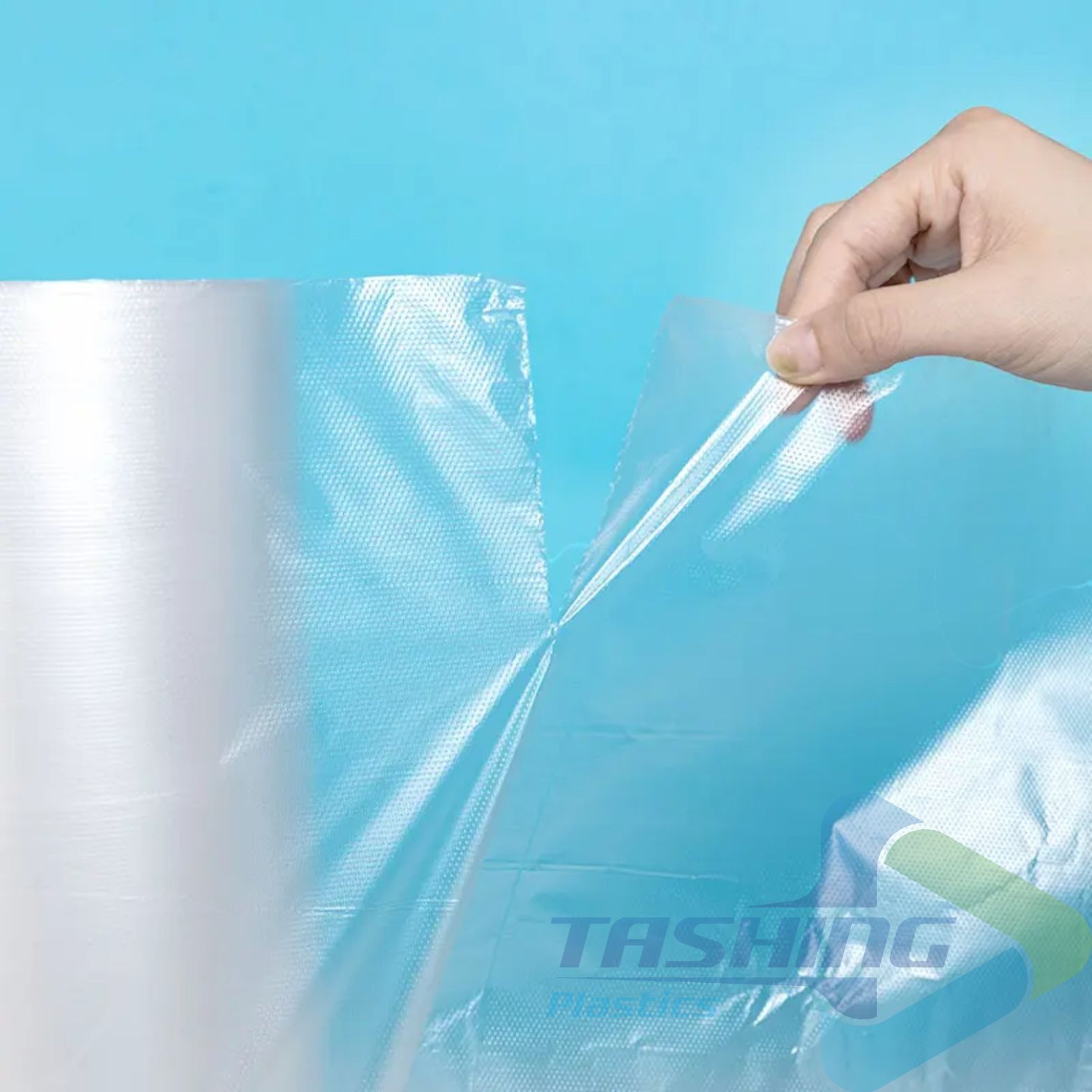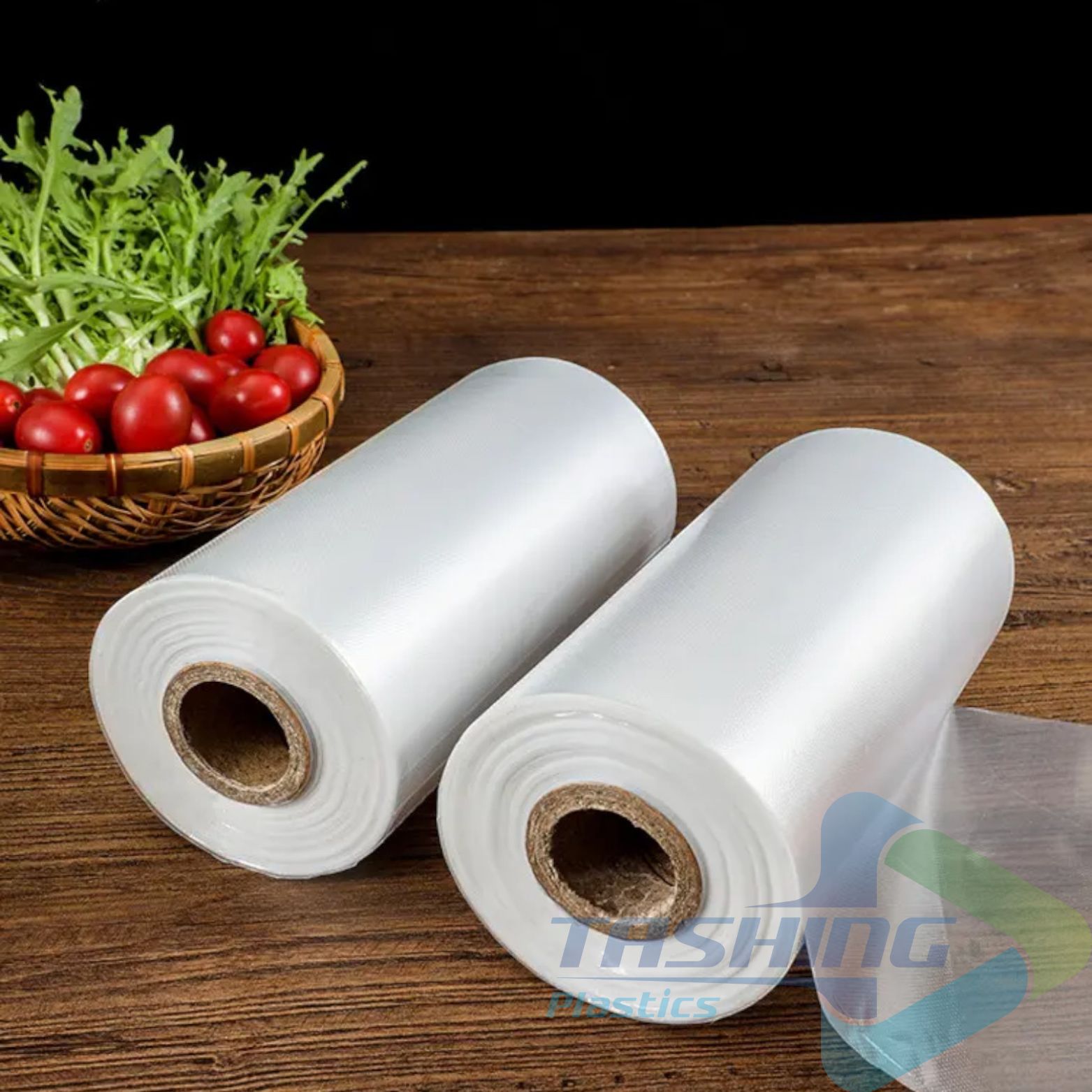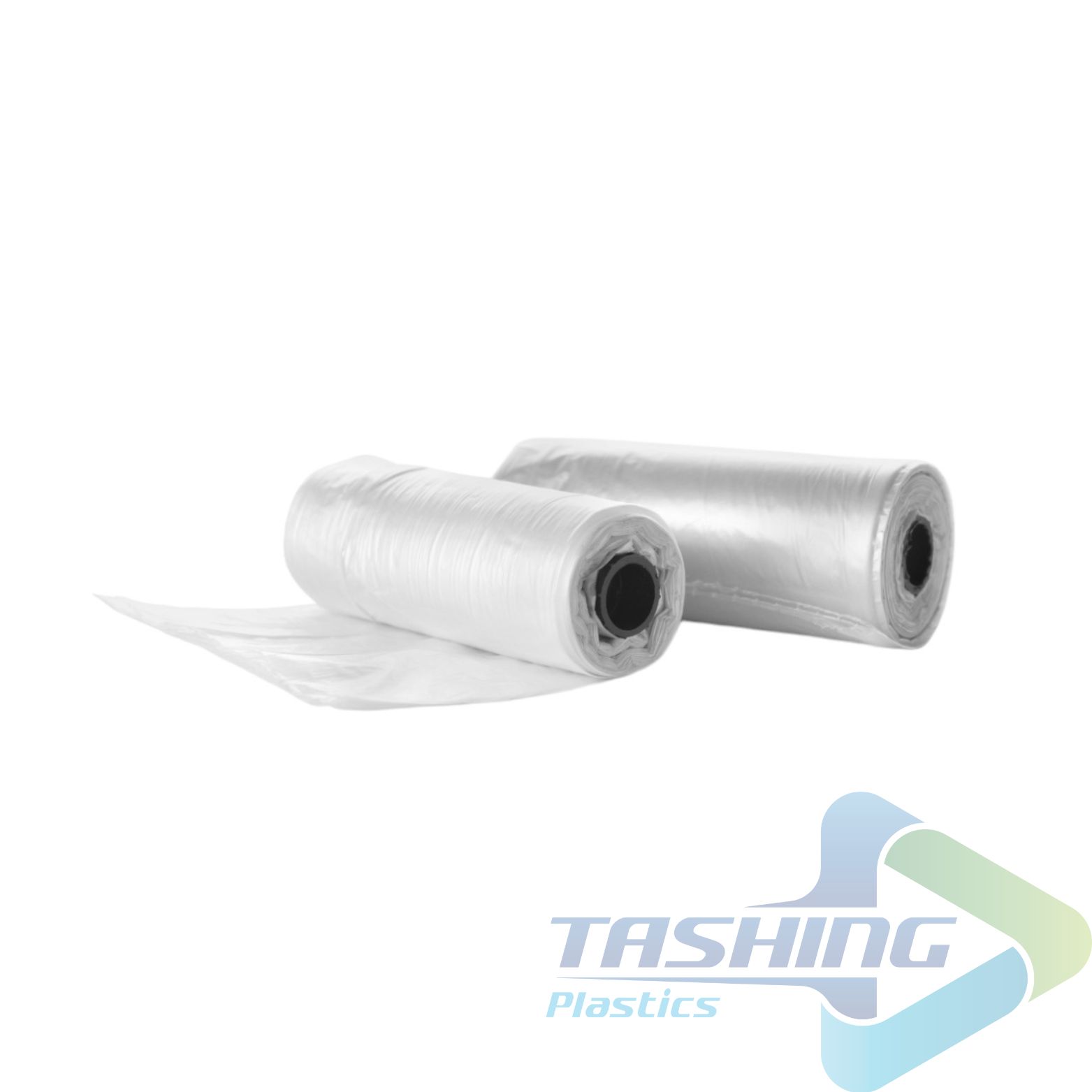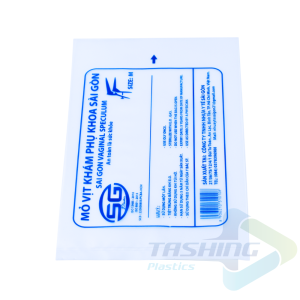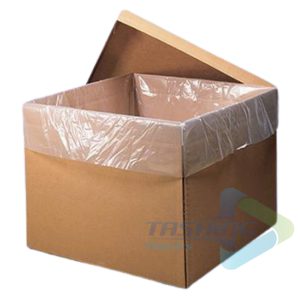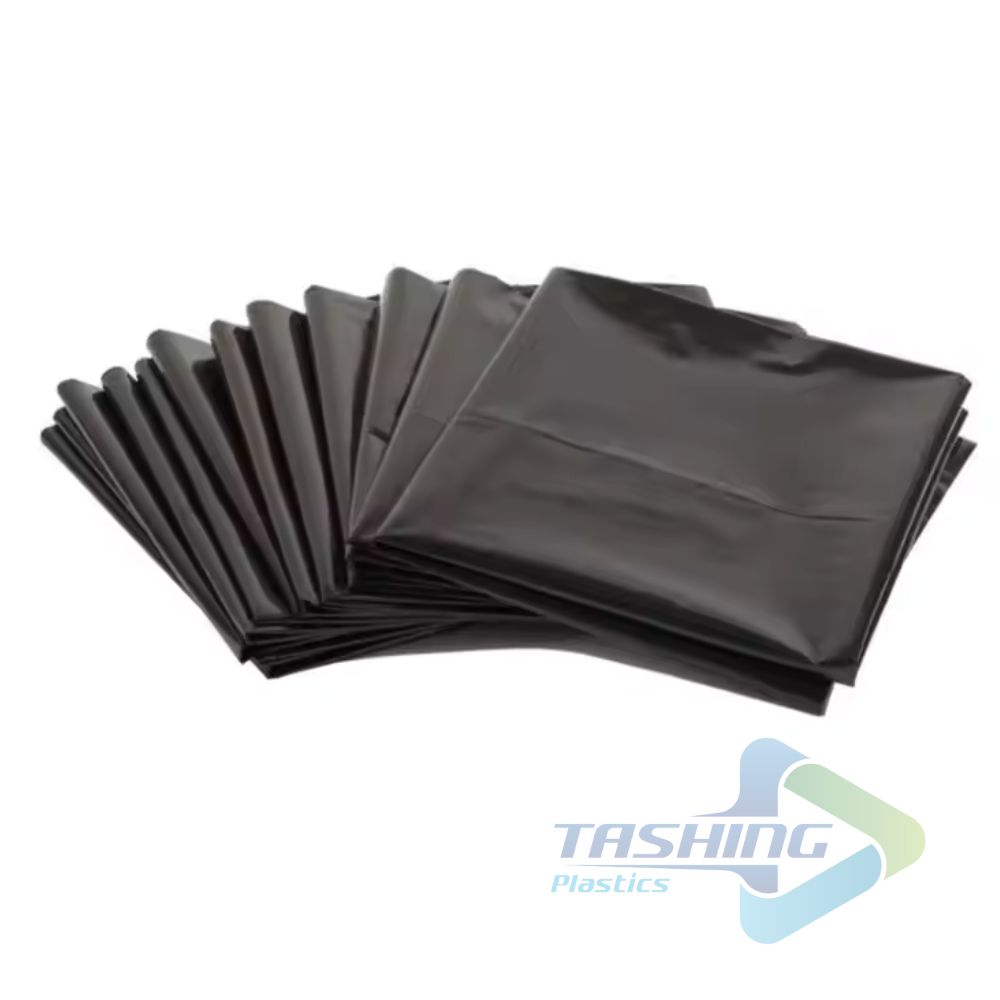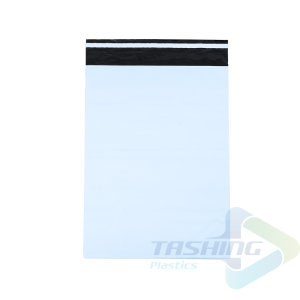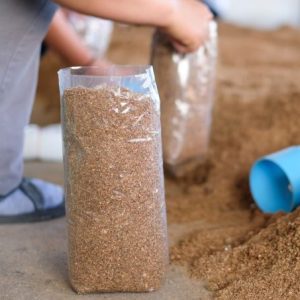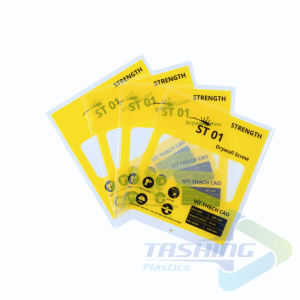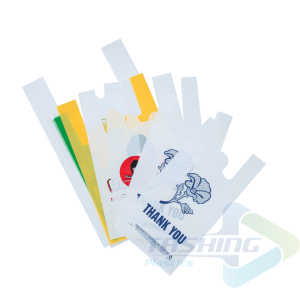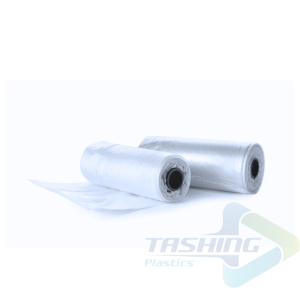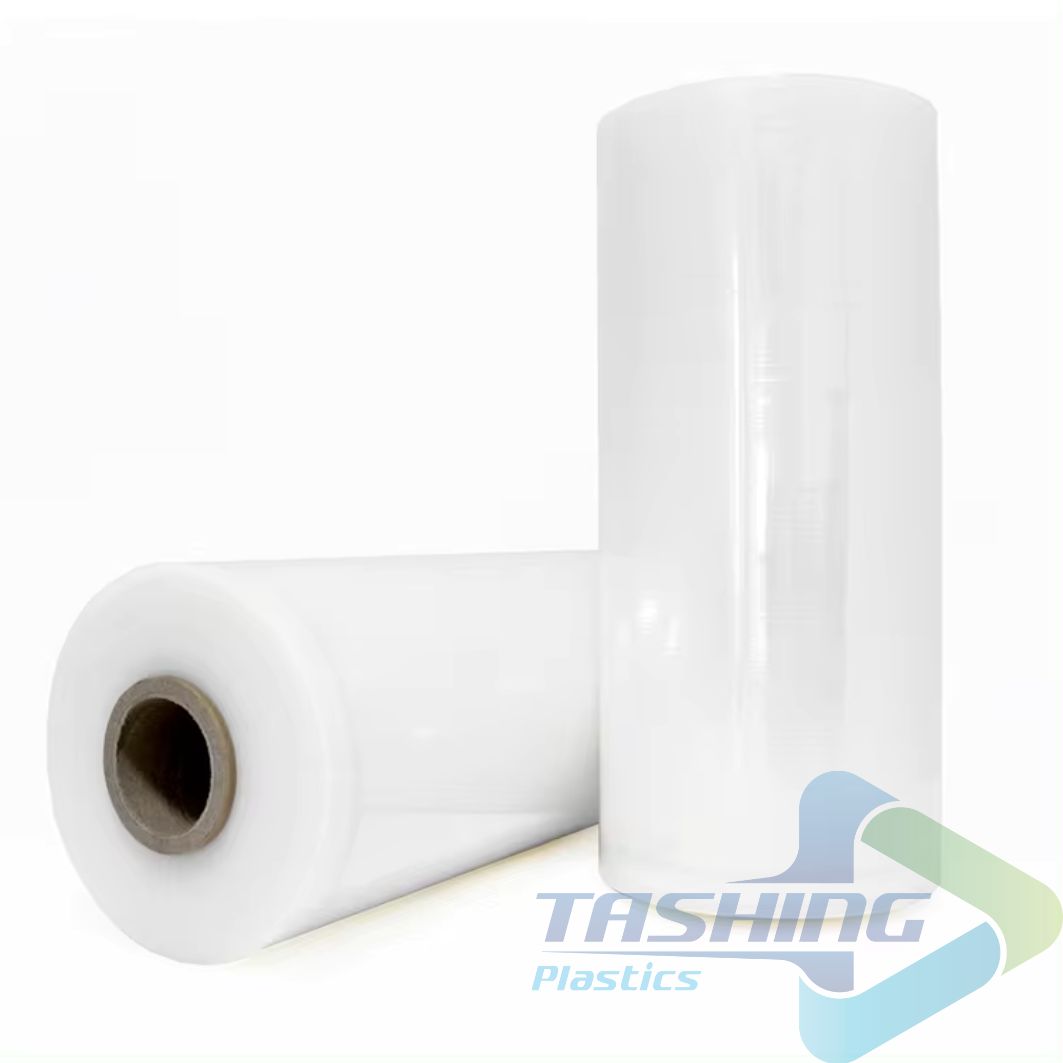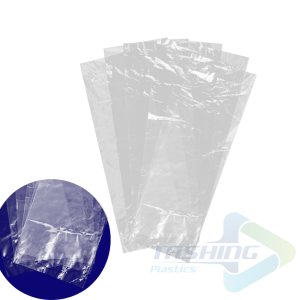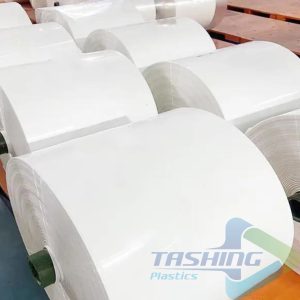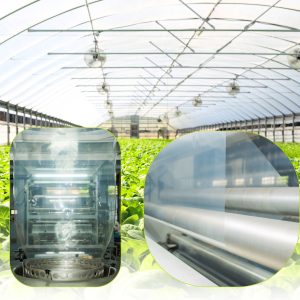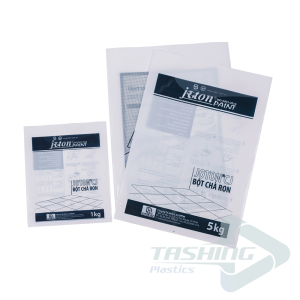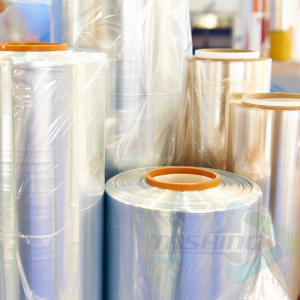Food Bags – Safe, Convenient, made in Vietnam
Contact
- Function: Storing and preserving food.
- Sizes: 18cm x 26cm, 20cm x 28cm, 22cm x 30cm, 35cm x 50cm or customizable according to customer requirements.
- Thickness: From 10 micrometers to 50 micrometers.
- Colors: Transparent, opaque.
- Features: Waterproof, vapor-resistant, long-term food preservation, pre-embossed with a serrated line.
- Packaging: 1kg, 2kg rolls or as per request.
- Description
Description
In today’s fast-paced world, preserving the freshness and quality of food is a crucial aspect of everyday life. While traditional methods have long been practiced, the convenience and effectiveness of food bags have made them an indispensable tool in modern kitchens. This comprehensive guide will delve into the world of food bags and Freezer Bags Plastic Bags, exploring their various types, benefits, selection criteria, usage tips, and a trusted source for high-quality products.
Food Bags: Introduction and Applications
Conceptualizing the Role of Food Bags
Food bags, an essential element of food storage and preservation, play a multifaceted role in ensuring food safety, extending shelf life, and enhancing convenience. Whether it’s keeping fresh produce crisp, storing leftovers, freezing ingredients, or transporting snacks, food bags provide an efficient and practical solution.
Food and freezer bags made of HDPE (High-Density Polyethylene) are a type of plastic storage solution commonly used in kitchens. HDPE is a durable and stiff plastic that makes these bags ideal for storing food, especially in the freezer.
Benefits of HDPE Food and Freezer Bags:
- Durability: HDPE is a strong and puncture-resistant material, making these bags less prone to tearing than those made from other plastics.
- Freezer Safe: HDPE can withstand low temperatures without becoming brittle, making them ideal for storing food in the freezer.
- Leakproof: Many HDPE food and freezer bags come with a zipper closure to create a leakproof seal, which helps prevent freezer burn and spoilage.
The Diverse Applications of Food Bags
Food bags find widespread applications across various settings, making them indispensable for individuals, families, and businesses alike. Their versatility allows them to cater to diverse needs, from everyday household tasks to commercial food handling.
- Home Kitchens: Food bags are a staple in any kitchen, serving as a convenient means to store fresh produce, leftovers, sandwiches, and even frozen meals. They help maintain quality and prevent food waste.
- Grocery Shopping: Food bags provide a hygienic and sustainable way to pack groceries, eliminating the need for plastic bags. They are often used for bulk purchases and can be easily reused.
- Restaurant and Food Service: In the food service industry, food bags play a vital role in packaging takeout orders, transporting ingredients, and storing leftovers. Their durability and leak-proof properties ensure safe and efficient food handling.
- Industrial and Commercial Applications: Food bags find use in various industrial processes, including packaging, shipping, and storage of food products. They provide aseptic conditions and facilitate efficient distribution.
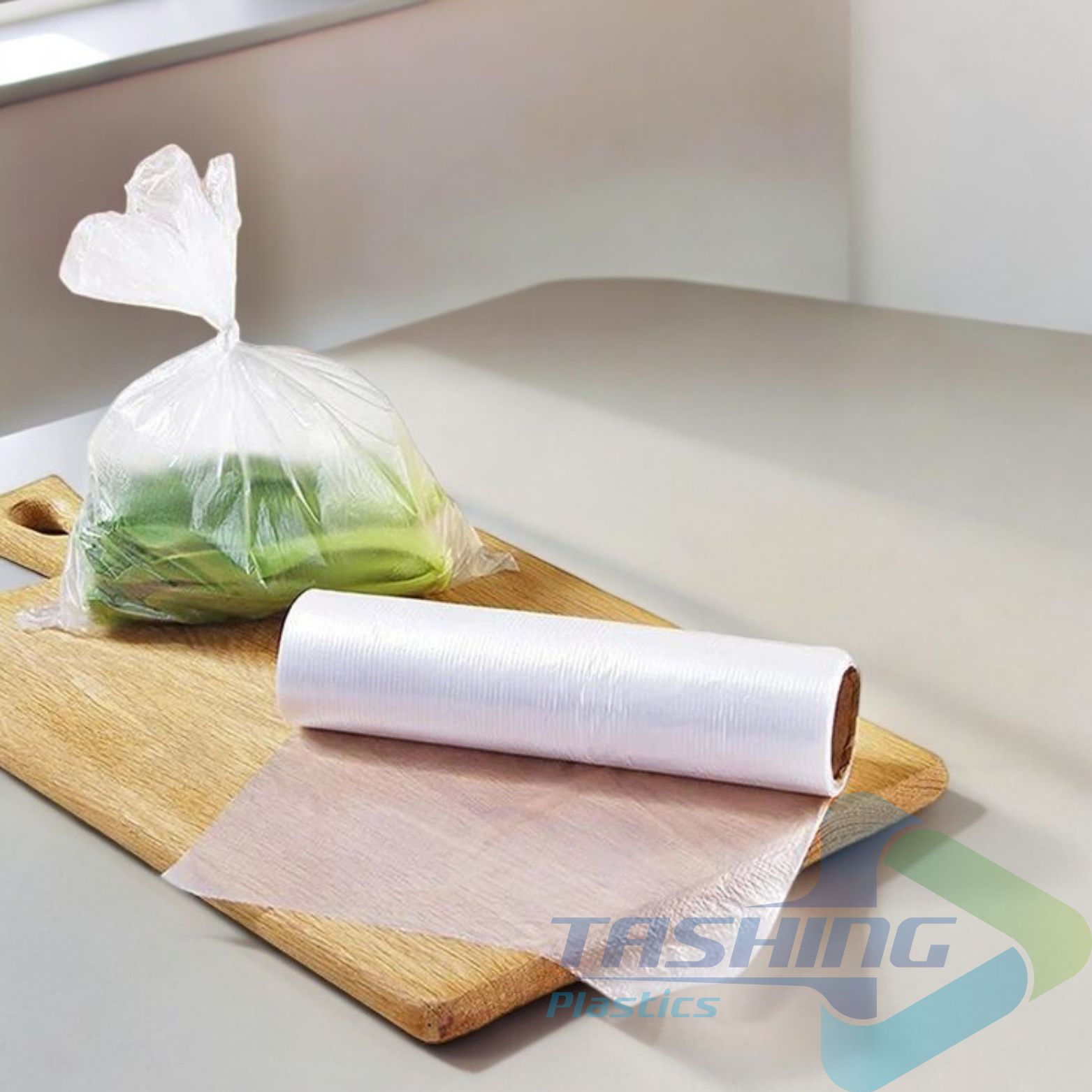 | 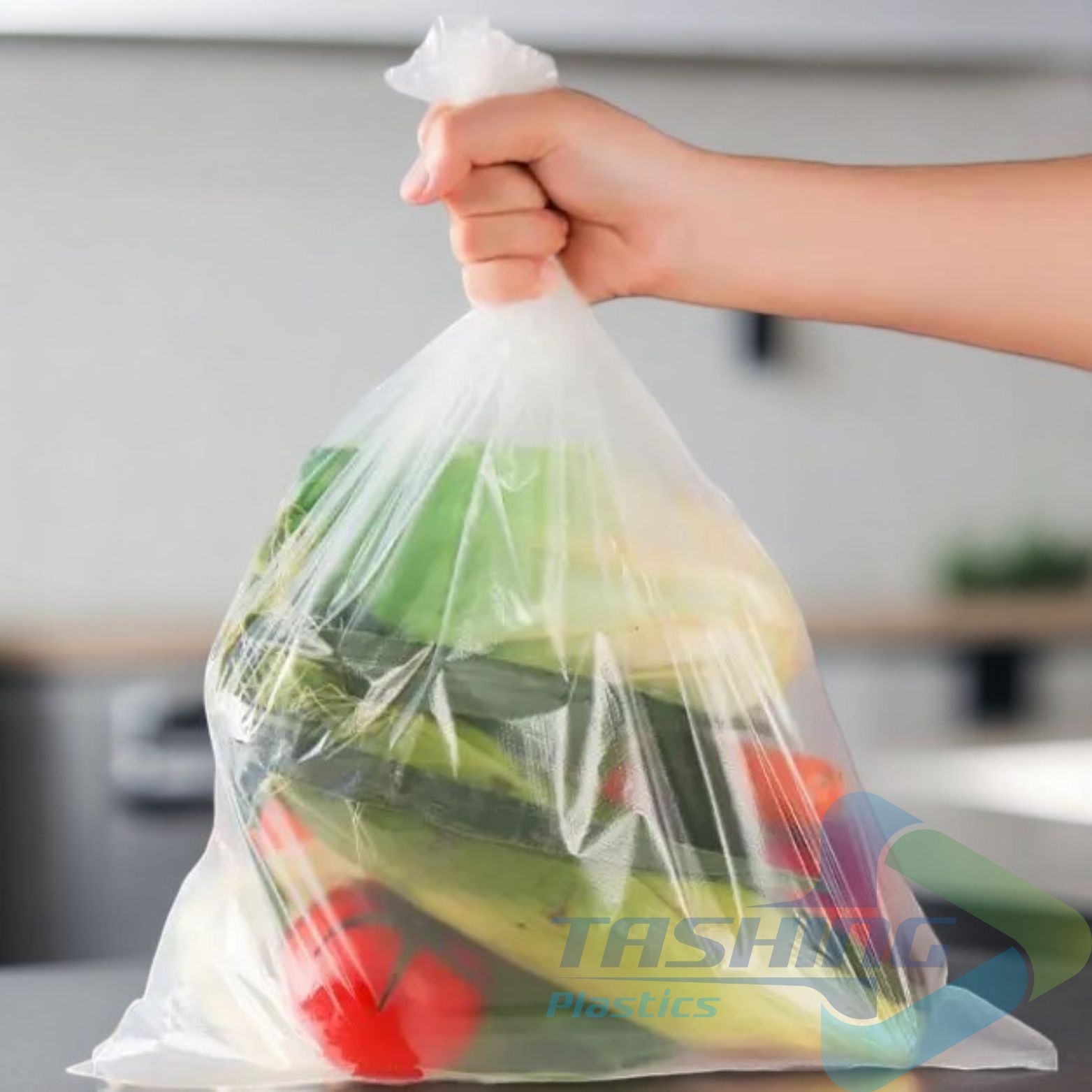 | 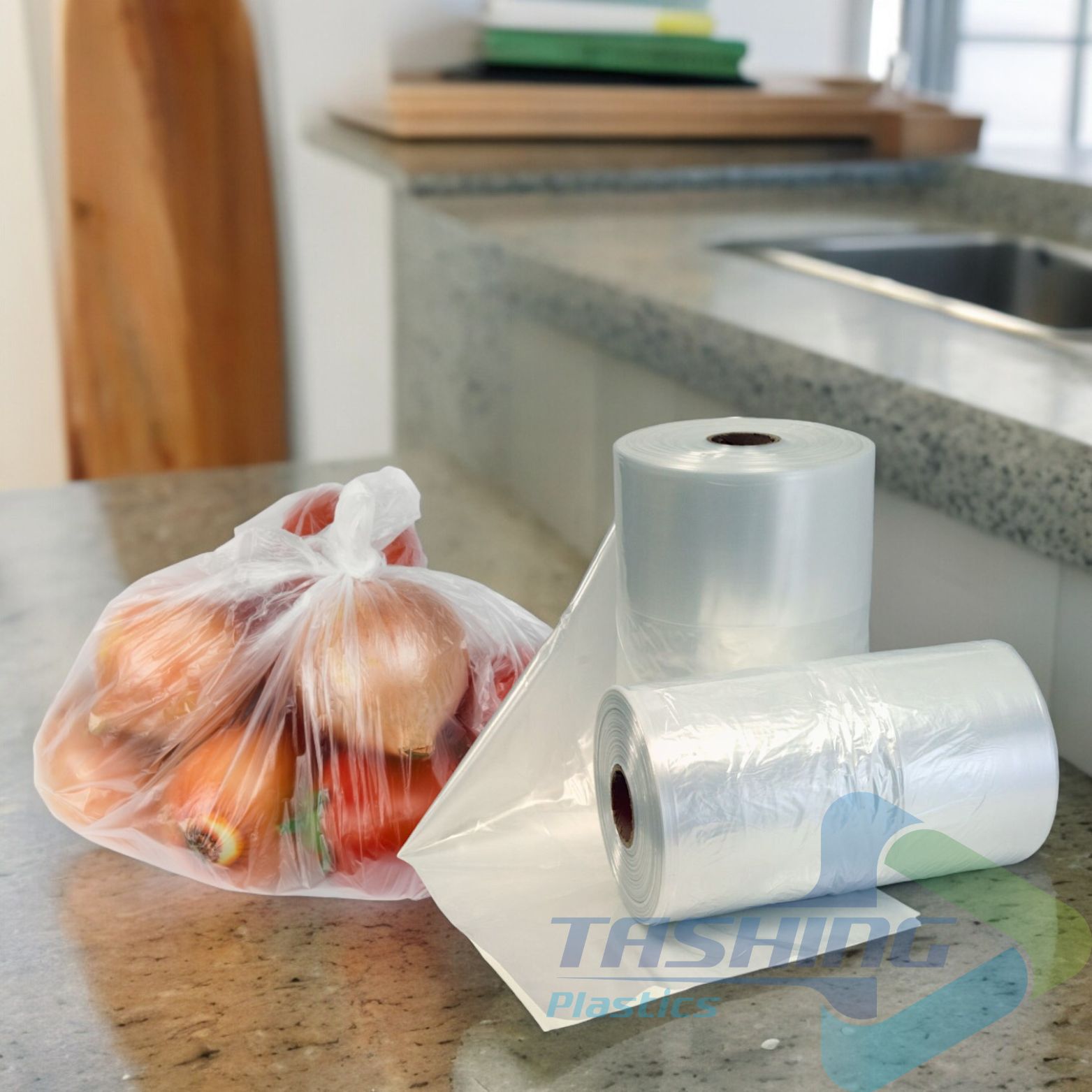 |
The Advantages of Utilizing Food Bags
Preserving Food Freshness
The main function of food bags is to preserve the freshness of food by preventing oxidation and moisture loss. This is achieved through various mechanisms, including:
- Airtight Sealing: Food bags with airtight closures, such as zip-top bags or vacuum seal bags, prevent oxygen from entering, which can cause oxidation and spoilage.
- Moisture Barrier: Some food bags are designed with moisture-resistant layers, preventing condensation and preserving the natural moisture content of food.
- Microwave-Safe Options: Many food bags are microwave-safe, allowing you to reheat food directly in the bag, reducing the need for additional dishes.
Ensuring Food Safety
Food bags promote food safety by:
- Preventing Cross-Contamination: Individual food bags minimize the risk of cross-contamination between different foods, keeping your refrigerator organized and preventing the spread of bacteria.
- Protecting From Pests: Food bags, when properly sealed, create a barrier against pests such as insects and rodents, safeguarding your food from infestation.
- Maintaining Hygiene: The use of food bags reduces the need for frequent hand washing and surface cleaning, promoting a hygienic food handling environment.
Convenience in Use
Food bags offer a tremendous advantage in terms of convenience:
- Easy Storage and Organization: Food bags stack easily in the fridge or freezer, maximizing space and keeping your cupboards tidy.
- Portability: They are lightweight and easy to carry, making them perfect for packing lunches, snacks, and travel essentials.
- Reusable Options: Numerous food bags are reusable, reducing waste and promoting sustainability.
Cost Savings
Food bags can contribute to cost savings in several ways:
- Reduced Food Waste: By extending food shelf life, food bags help you avoid throwing away spoiled food, thus saving you money.
- Cost-Effective Packaging: Food bags are generally more cost-effective than traditional containers, especially when considering their reusability.
- Reduced Packaging Material: Reusable food bags minimize the need for disposable packaging, further contributing to cost savings.
Selecting the Right Food Bag for Your Needs
The Importance of Choosing the Right Material
The material of a food bag is crucial for its functionality and safety. Here’s a breakdown of common materials:
| Material | Advantages | Disadvantages |
|---|---|---|
| Polyethylene (PE) | Lightweight, durable, cost-effective | Not as strong as other materials, can tear easily |
| Polypropylene (PP) | Strong, moisture-resistant, microwavable | Not as flexible as PE, less common for food storage |
| Polyvinyl Chloride (PVC) | Flexible, durable, water-resistant | Contains chemicals that can leach into food, not recommended |
| Polylactic Acid (PLA) | Biodegradable, compostable | Can be brittle, not as durable as other materials |
| Nylon | Durable, strong, moisture-resistant | Less common for food storage, can be expensive |
Things to consider:
- Food Type: Choose a material that is safe for the type of food you are storing.
- Intended Use: Select a material that meets your needs, such as microwave-safe, freezer-safe, or dishwasher-safe.
- Environmental Impact: Consider biodegradable or compostable options if reducing your environmental footprint is a priority.
Understanding the Importance of Bag Size
The size of the food bag is important for optimal storage and preservation:
- Small Bags: Ideal for storing single servings, snacks, and small amounts of ingredients.
- Medium Bags: Suitable for storing leftovers, sandwiches, and larger portions of food.
- Large Bags: Perfect for bulk purchases, freezing large amounts of food, or storing bigger items like poultry or fish.
- Extra-Large Bags: Designed for larger quantities of food, such as whole roasts or bulk ingredients.
Purpose-Driven Bag Selection
The intended purpose of the bag significantly influences your choice:
- Sandwich Bags: Generally made from polyethylene, these bags are designed for storing sandwiches, snacks, and small meals. They are often resealable and can be placed in a lunchbox.
- Freezer Bags: These sturdy bags, often made from polypropylene or polyethylene, are specifically designed for freezing food. They are usually freezer-safe and can withstand low temperatures.
- Vacuum Seal Bags: Used for vacuum sealing food, extending its shelf life significantly. They are often made from a combination of materials like nylon and polyethylene.
- Stand-Up Pouches: Ideal for storing coffee, tea, snacks, and other dry goods. They feature a stand-up base for easy access and display.
- Reusable Bags: Made from durable materials like silicone or nylon, these bags are designed for repeated use and are a more eco-friendly alternative to disposable bags.
The Significance of Bag Thickness
The thickness of a food bag influences its strength and durability:
- Thin Bags: Suitable for light-duty use, such as storing fruits and vegetables or packing snacks.
- Medium-Thick Bags: Provide good strength and are suitable for storing leftovers, freezing smaller portions, and packing lunch items.
- Thick Bags: Designed for heavier foods, larger portions, and long-term storage.They provide superior puncture resistance and can withstand freezing.
Evaluating the Origin and Brand Reputation
When choosing food bags, pay attention to the manufacturer’s reputation. Look for brands that prioritize quality, safety, and sustainability.
- Reputable Brands: Research and choose brands that have a proven track record of producing high-quality food bags.
- Manufacturing Standards: Look for bags that meet recognized food safety standards, such as FDA approval or BPA-free certification.
- Sustainability Initiatives: Inquire about the company’s commitment to sustainable practices, such as using recycled materials or producing biodegradable bags.
Effective Methods for Storing Food in Bags
Step 1: Food Preparation
- Thorough Cleaning: Wash and dry foods properly to eliminate dirt and bacteria.
- Proper Cutting and Portioning: For optimal storage, cut or portion foods into sizes suitable for individual usage.
- Allowing Food to Cool: Ensure hot food is fully cooled before sealing it in a bag to prevent condensation and potential product spoilage.
Step 2: Placing Food in the Bag
- Proper Sealing: Ensure the bag is tightly sealed to prevent air and moisture from entering.
- Removing Excess Air: For longer storage, squeeze out excess air before sealing the bag.
- Even Distribution: Avoid overcrowding the bag with food. Allow space for proper air circulation and prevent damage to the bag.
Step 3: Food Storage
- Refrigeration: Store food bags in the refrigerator for optimal freshness and preservation.
- Freezing: For longer-term storage, place bags in the freezer, ensuring the food is properly packaged and air-free.
- Labeling: Label bags with the food name and date of storage for efficient organization and tracking.
Step 4: Food Usage
- Thawing: Thaw frozen food in the refrigerator or by placing the bag in a bowl of cold water.
- Reheating: Depending on the bag material, you can reheat food in the microwave or oven. Consult package directions for specific instructions.
- Freshness Check: Always examine the food for signs of spoilage before consuming.
Important Considerations for Using Food Bags
- Avoiding Contamination: Avoid using the same bag for different types of food, especially raw meat and vegetables.
- Cleaning Reusable Bags: Wash reusable bags thoroughly with soap and water, ensuring they are completely dry before reuse.
- Proper Storage: Store food bags in a cool, dry place, away from direct sunlight and heat to maintain their quality and prevent damage.
- Recycling: Check the bag packaging for recycling guidelines. Dispose of bags responsibly, considering local regulations and environmental practices.
The Food Bags of Di Dai Hung
Di Dai Hung, also known as Tashing Plastic, is a Vietnamese company that manufactures a wide range of plastic products, including food bags . They don’t specify if their food bags are made of HDPE, but they do offer various types of food storage solutions including:
- PE bags: These are likely made from polyethylene, which is a common plastic material used for food bags. Polyethylene can come in various densities including LDPE (low-density polyethylene) and HDPE (high-density polyethylene). PE bags can be used for storing fruits, vegetables, and other dry foods.
- Biodegradable bags: Di Dai Hung offers a line of eco-friendly biodegradable bags that are a more sustainable alternative to traditional plastic bags.
- Customizable bags: They can also create custom food bags with different sizes, thicknesses, and printing options.
Advantages of Purchasing Di Dai Hung Food Bags:
- Premium Quality Materials: Di Dai Hung utilizes superior-grade materials that meet stringent food safety standards, ensuring the safety and freshness of your food.
- Diverse Product Range: They offer a wide variety of sizes, materials, and functionalities to cater to diverse needs, from everyday household use to commercial applications.
- Competitive Pricing: Their products are competitively priced, making them an excellent value for money.
- Excellent Customer Service: Di Dai Hung provides exceptional customer service, offering prompt assistance and addressing any concerns.
Here’s the contact information for Di Dai Hung company, also known as Tashing Plastics:
- Information submission form : Form
- Phone: (842) 8 3960 5688
- Email: info@tashing.com.vn
- Addresses:Ho Chi Minh City Office: 462 & 466 Hồng Bàng St, Ward 16, District 11, HCMC, Vietnam (open today from 8AM to 5PM)
- Facebook : Công ty TNHH Di Đại Hưng
Conclusion
Food bags are a versatile and indispensable tool for food storage and preservation. From maintaining freshness and ensuring safety to offering convenience and cost savings, food bags are a significant aspect of modern food handling practices. Understanding the different types, benefits, selection criteria, and storage methods will empower you to make informed decisions and maximize the advantages of using food bags in your everyday routine. Di Dai Hung, with its unwavering commitment to quality and customer satisfaction, stands out as a reliable source for procuring high-quality food bags, contributing to a safer, more convenient, and sustainable approach to food storage and preservation.

